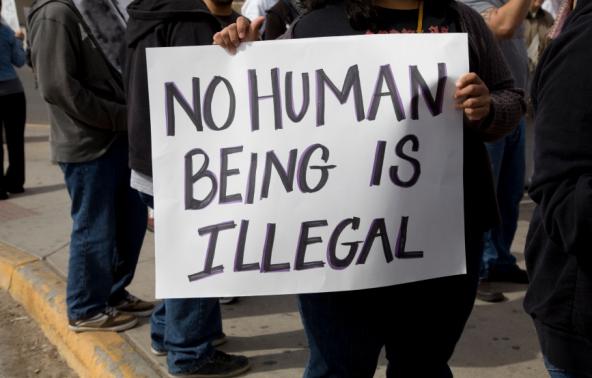
Although the right of refuge is mentioned in the Universal Declaration of Human Rights, there had to be an effective tool for guaranteeing it. The adoption of the Geneva Convention relating to the Status of Refugees of 1951 and its recognition in other regional instruments seem to consolidate the protection of refugees in the international arena.
The most important consequence arising from the Geneva Convention was not returning the applicant of this protection in which the requirements therein concur, if they were in the interior of the territory of a State party to the same, until their request had been resolved. However, the initial idea of refuge as applying to the individual, orientated to a one-by-one hosting of protection seekers from Eastern Europe, has been overwhelmed by a very different reality. Indeed, the large increase in applicants for protection from many sources, and since the host systems of the European countries of the Geneva Convention lacked adequate resources, the application of the provisions contained therein has been significantly altered, and has forced a re-reading of the Convention, which removed the territorial and temporal key in the Protocol relating to the Status of Refugees, New York 1967.
However, it is inevitable to recognize the evolution that has occurred in the institutions of international protection as a result of developments since the last decade of the last century, which require us to rethink the applicability of the Geneva Convention in the light of the proliferation of certain types of refugees (in mass, orbiting, de facto) not subject to individual analysis, and lacking in foresight.
Currently, the Geneva Convention shows a clear gap with the reality of refugees in the world, especially for those asylum seekers who cannot rely on Article 1 of the Geneva Convention, but cannot or will not return to their country of origin and have come to an undefined situation of temporary stay in a State, perhaps for humanitarian reasons, but who have not directly suffered persecution as required by the Geneva Convention, but are in fear of ethnic cleansing or the absence legal safeguards.
Disparity in the treatment of asylum
International regulation in this area has been increased by the European Union laws and by jurisprudence, essentially from the European Court of Human Rights. In the European Union area, the treatment afforded asylum and refugee status in the Member States shows a considerable gap that is only partially mitigated by the adoption of certain Community laws on the granting of protection. The proposals promoted by the European Commission were aimed at the adoption of Community-wide rules on the grant of protection. The first phase of the Common European Asylum System had its starting point at the Tampere European Council in 1999, then continued with the implementation and development of the provisions contained in the Hague Programme.







